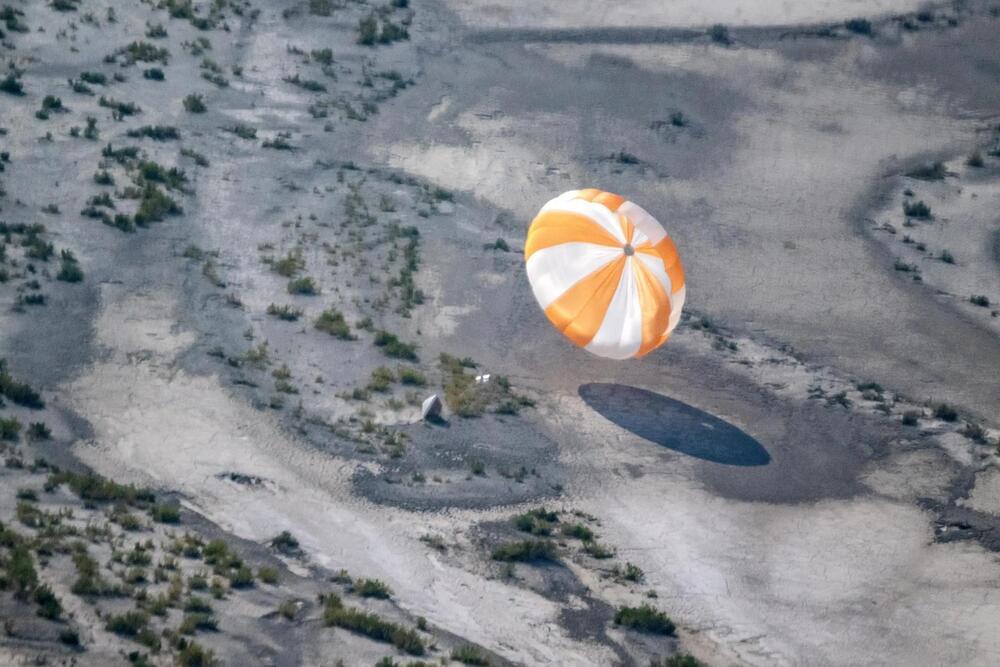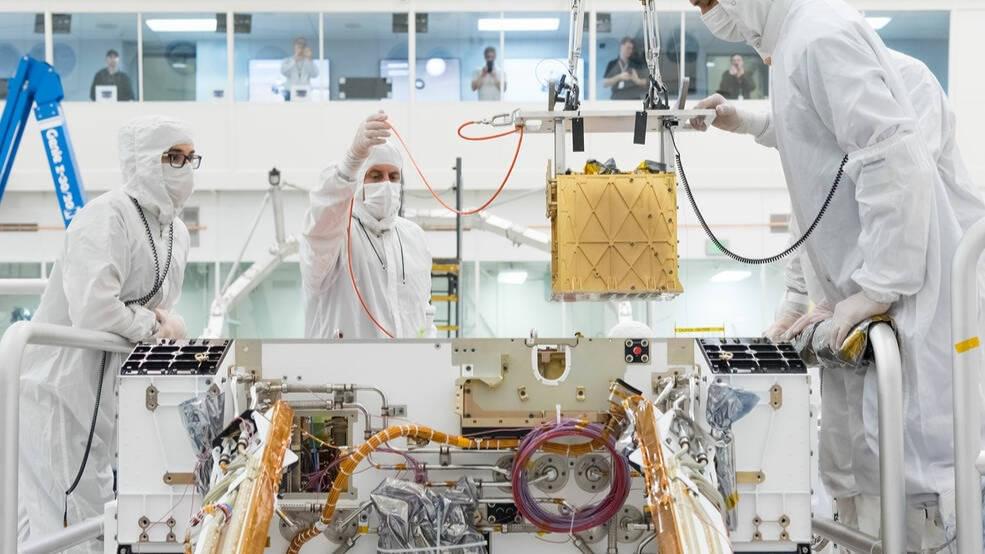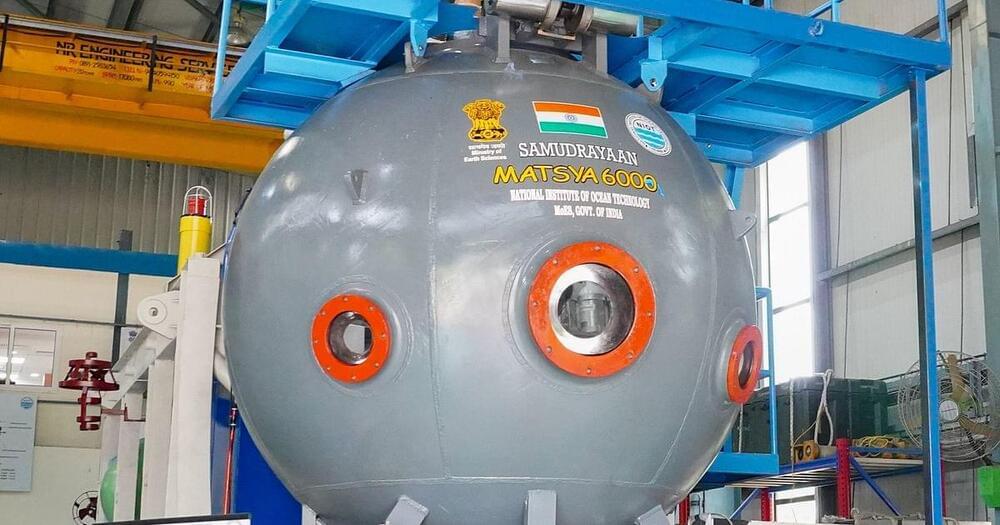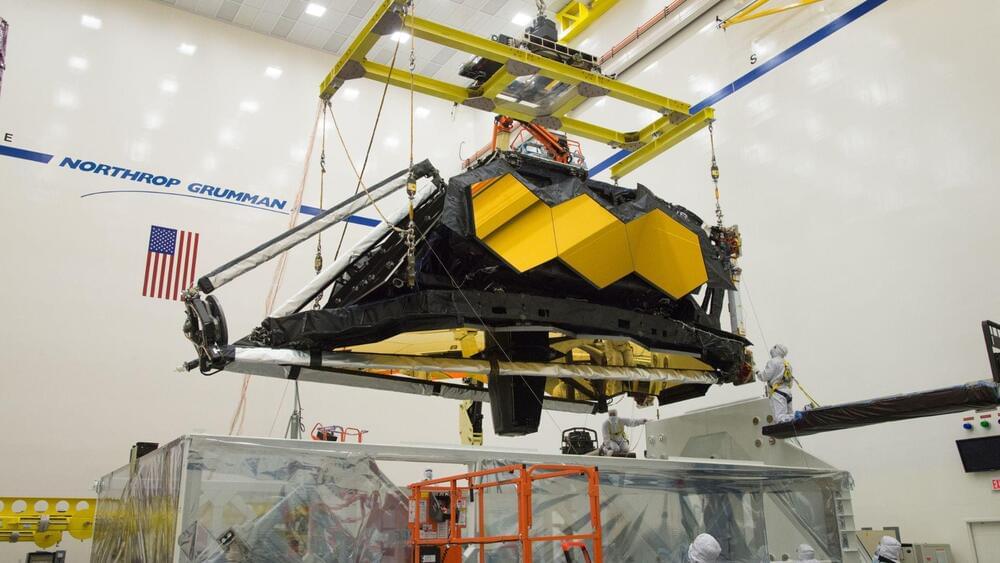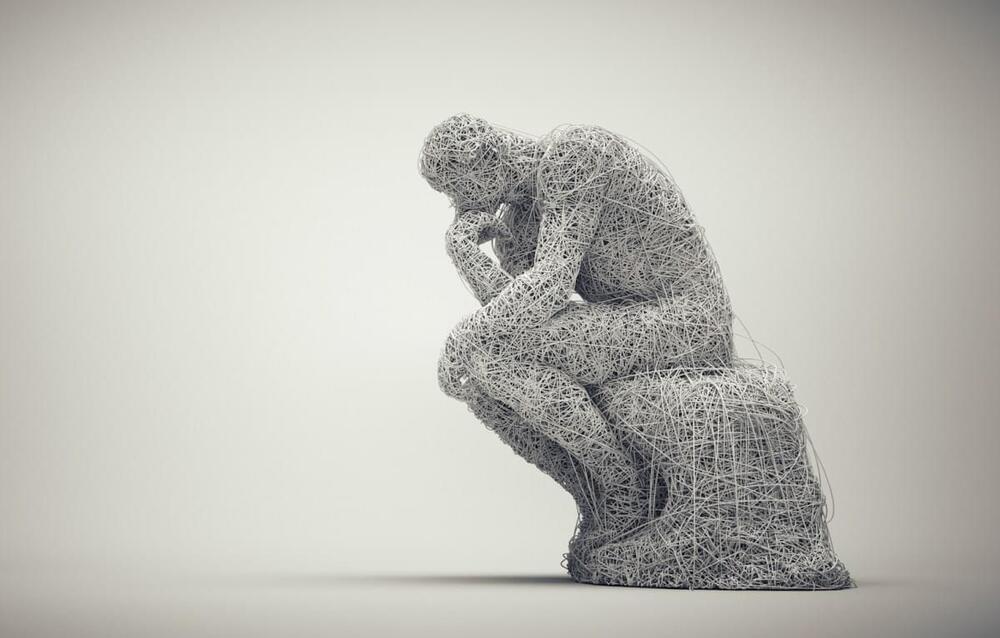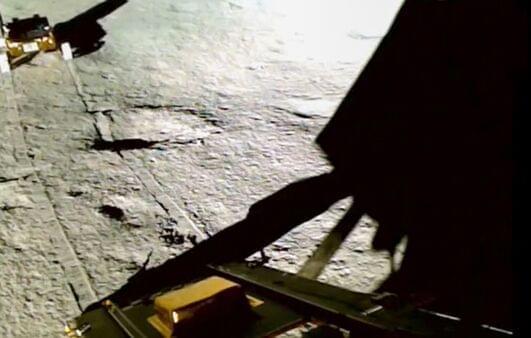Recovery teams participate in field rehearsals in preparation for the retrieval of the sample return capsule from NASA’s OSIRIS-REx mission at the Department of Defense’s Utah Test and Training Range. The sample was collected from the asteroid Bennu in October 2020 by NASA’s OSIRIS-REx spacecraft and will return to Earth on September 24th, landing under parachute at the Utah Test and Training Range. Credit: NASA/Keegan Barber.
The OSIRIS-REx team also thought a lot about conditions on the ground itself. Late summer is monsoon season in the desert, so heavy rains could saturate the silty ground. Wet-cement-like mud would make driving difficult if off-road vehicles are required to help helicopters find and transport the capsule.
“We should know by the end of monsoon season how much precipitation we’ve received and the condition of the salt flats,” said Eric Nelson, a U.S. Army meteorologist supporting the mission. “A good indicator is Bonneville Speed Week, an annual racing event in August.” Since it went off without a hitch, “we’re probably okay.”
